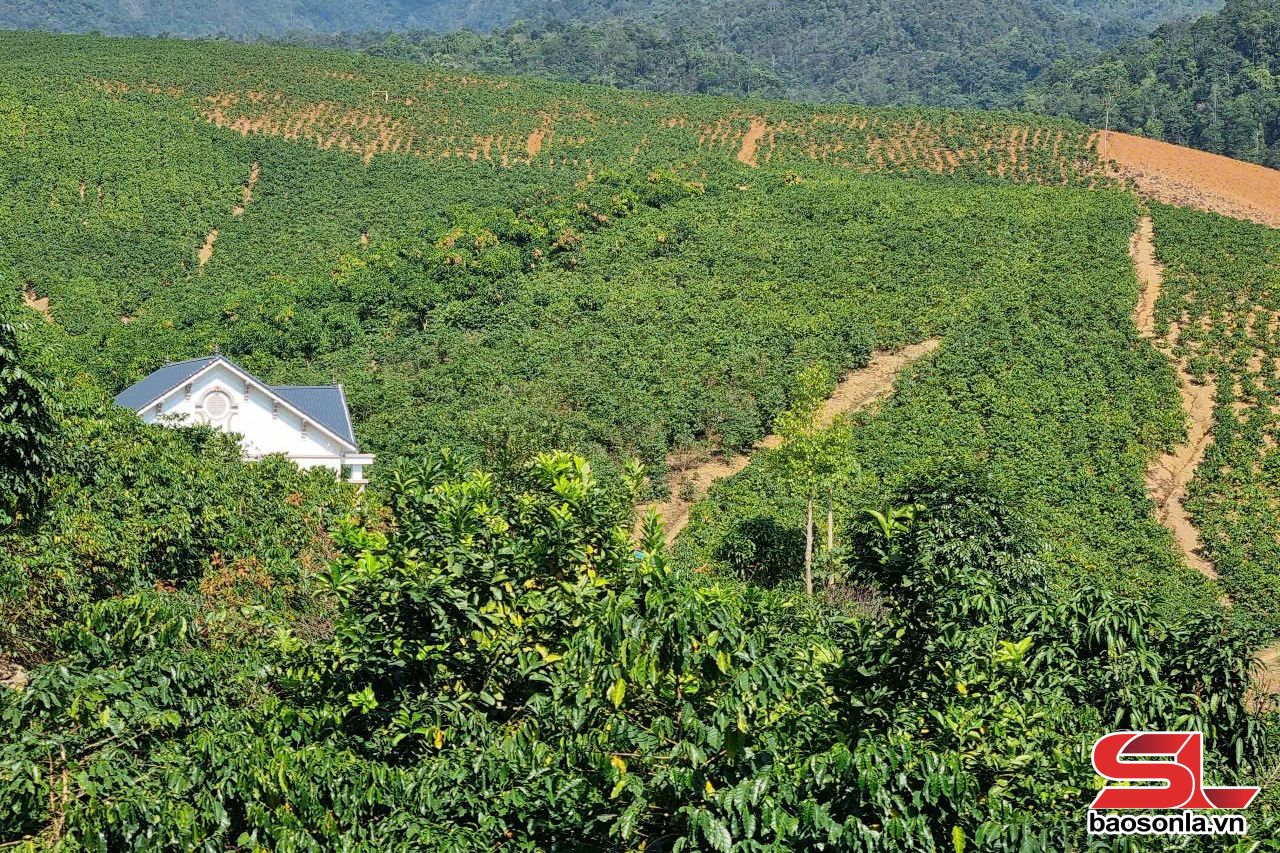
Currently, Dom Cang commune has 9 villages, 3 ethnic groups living together including: Thai, Kho Mu, Mong; over 1,300 hectares of agricultural land. However, the terrain has a large slope, after many years of cultivation, most of the land has become infertile, poor moisture retention, so crop productivity is low. To overcome difficulties, the People's Committee of the commune has set out key targets and solutions, mobilizing people to gradually reduce the area of low-yield food crops to grow fruit trees, coffee trees; invest in raising large livestock in the direction of grass planting and cage raising. Comrade Tong Van Nghich, Chairman of the People's Committee of Dom Cang commune, said. The commune has mobilized all capital sources to invest in infrastructure, creating favorable conditions for trade and commodity development. Directing mass organizations, creating conditions for members to access loans from credit institutions, with a total outstanding debt of more than 30 billion VND to invest in economic development.
Learning about the economic practices of the local people, the Chairman of the Commune People's Committee introduced us to visit the orange growing model of Ms. Lo Thi Chung's family, Kha Mem village. The Na Mon orange variety was planted by Ms. Chung's family 4 years ago with nearly 1 hectare. With the characteristics of large, round, very juicy fruit, sweet taste, and characteristic aroma, traders come to buy it in the garden, the selling price ranges from 23 - 28 thousand VND/kg. Ms. Chung shared: In the last orange crop, the family sold more than 2 tons of fruit, currently, the family is taking care of off-season oranges to increase income. Along with that, the family also raises 10 pigs; grows and takes care of more than 1 hectare of coffee trees. To improve the product, I hope to join the cooperative to build the Dom Cang orange brand.
Leaving Kha Mem village, we went to Dom village with spacious stilt houses, green orange and coffee gardens. Mr. Vi Van Tam, Party cell secretary and village head, informed: Previously, people mainly grew corn and cassava. Since 2016, many households in the village have converted ineffective food crops to coffee and macadamia intercropping. At this time, people are focusing on taking care of more than 100 hectares of coffee, of which 60 hectares have been harvested; intensively cultivating 27 hectares of rice and maintaining more than 8,000 livestock and poultry. The economy is stable, people's lives have improved, many households have high incomes from coffee trees.
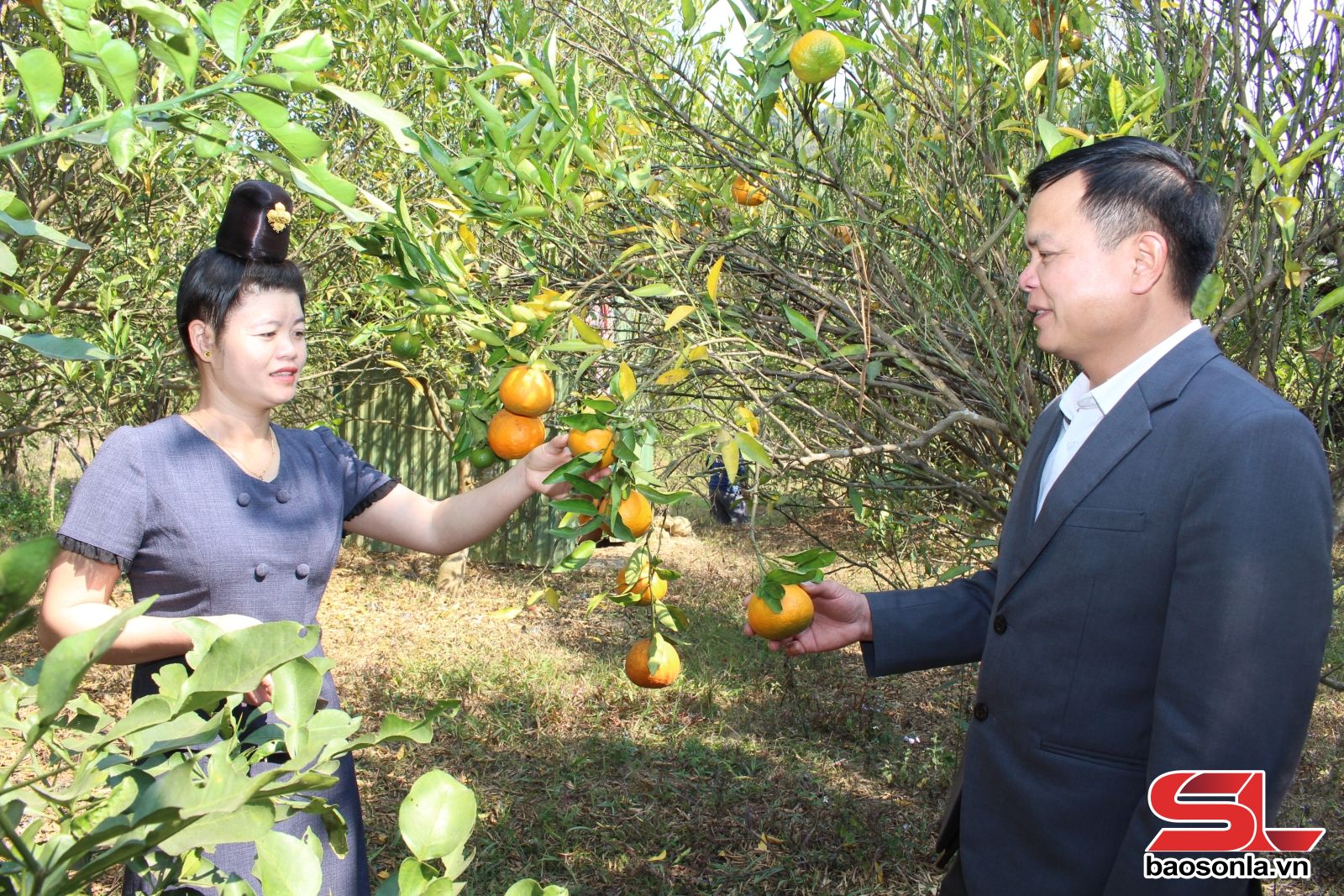
Visiting a lush coffee garden, Ms. Ca Thi Linh, Dom village said: To ensure water for 3 hectares of coffee trees, the family has invested in a pump system. To help the plants grow and develop, I regularly attend training courses organized by the district and commune. With more than 3 hectares of coffee, the family earned nearly 800 million VND last crop. Realizing the high demand for coffee seedlings, the family also grows seedlings to sell to people in and outside the commune; each year, it brings in an additional income of about 20 million VND.
With specific solutions from the government and bold investment by the people, it has created a positive change in production and increased income. In 2024, the commune's poverty rate will decrease to 11.53%. Promoting the achieved results, Dom Cang commune continues to promote the conversion of crop structure, focusing on planning the development of coffee trees towards commodity production, applying science and technology and growing in an organic, clean and safe direction. Effectively use capital sources from programs and projects to support people in converting ineffective areas to growing fruit trees and renovating mixed gardens. Mobilize the establishment of cooperatives to link production according to VietGAP processes, consume products; expand successful effective economic models, create more jobs, and build a better life in the border area.
Source: https://baosonla.vn/kinh-te/dom-cang-chuyen-doi-co-cau-cay-trong-oAHrsyTHR.html




![[Photo] Unique folk games at Chuong Village Festival](https://vstatic.vietnam.vn/vietnam/resource/IMAGE/2025/4/10/cff805a06fdd443b9474c017f98075a4)
![[Photo] Opening of the 11th Conference of the 13th Party Central Committee](https://vstatic.vietnam.vn/vietnam/resource/IMAGE/2025/4/10/f9e717b67de343d7b687cb419c0829a2)

![[Photo] April Festival in Can Tho City](https://vstatic.vietnam.vn/vietnam/resource/IMAGE/2025/4/10/bf5ae82870e648fabfbcc93a25b481ea)
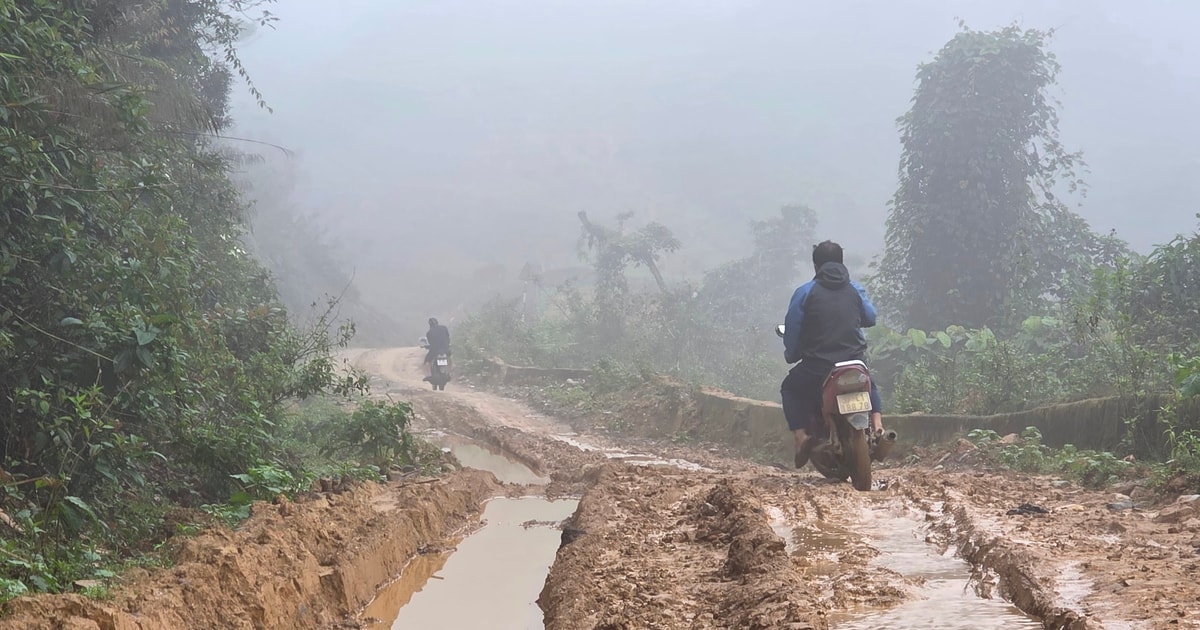
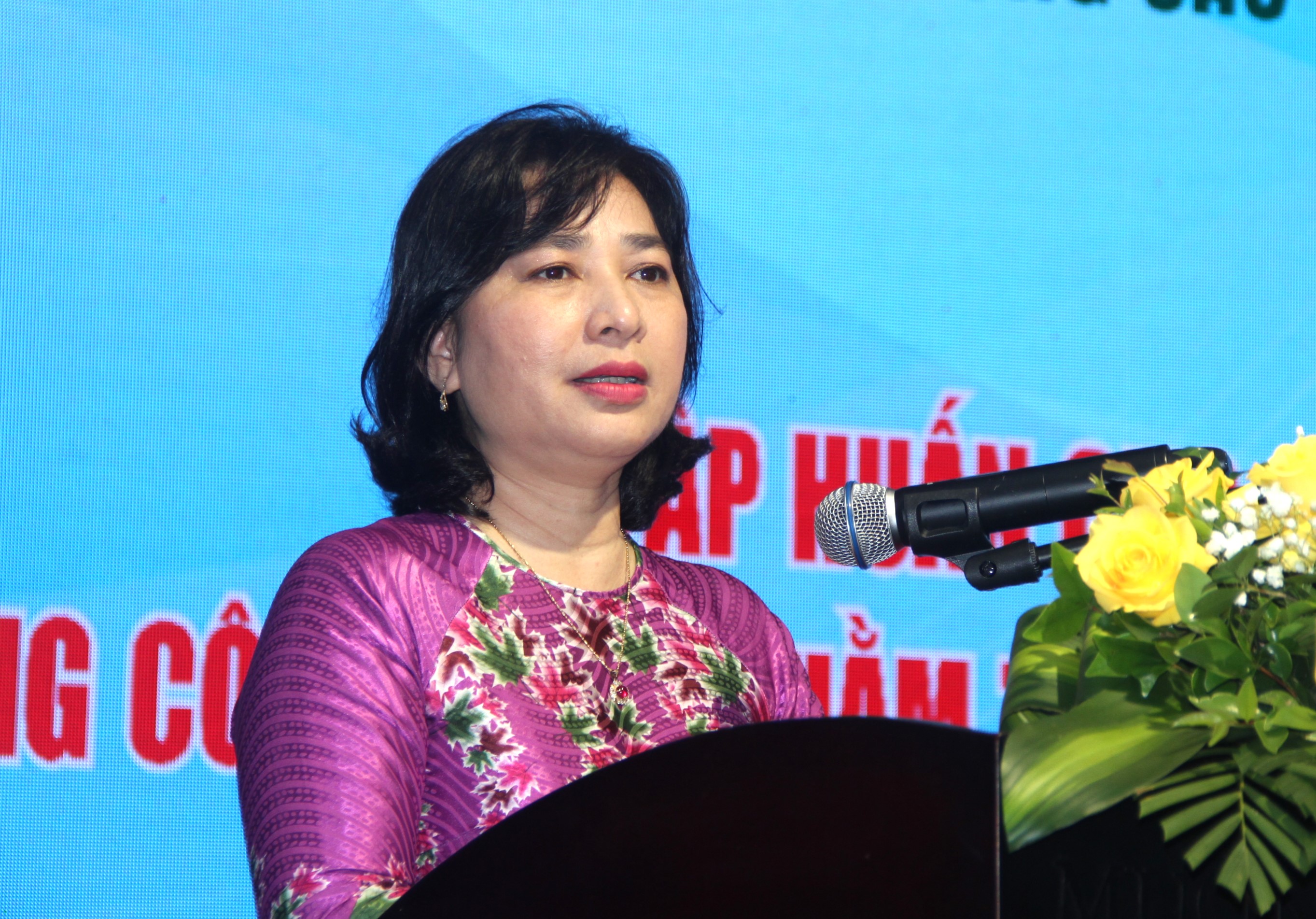
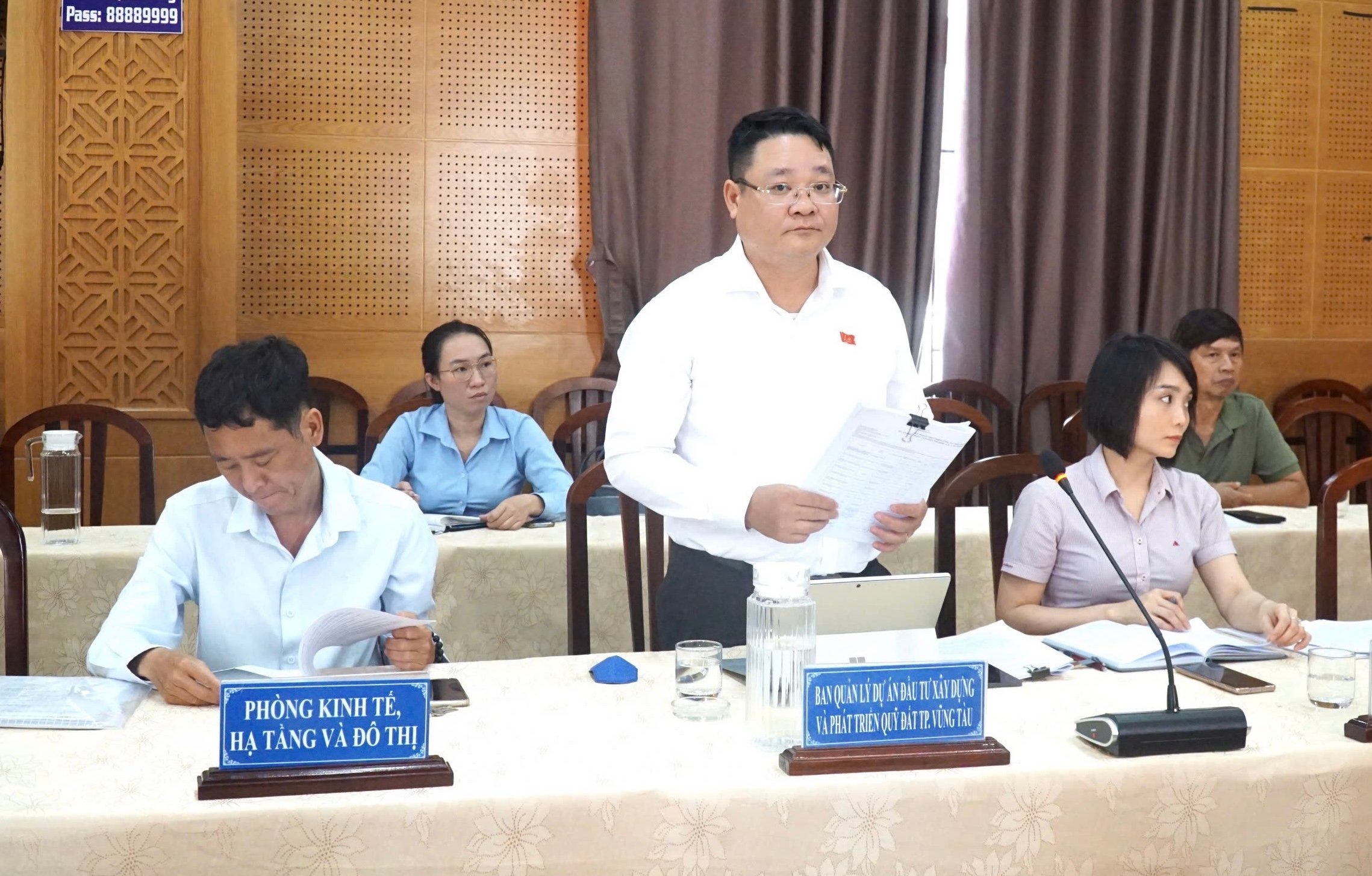
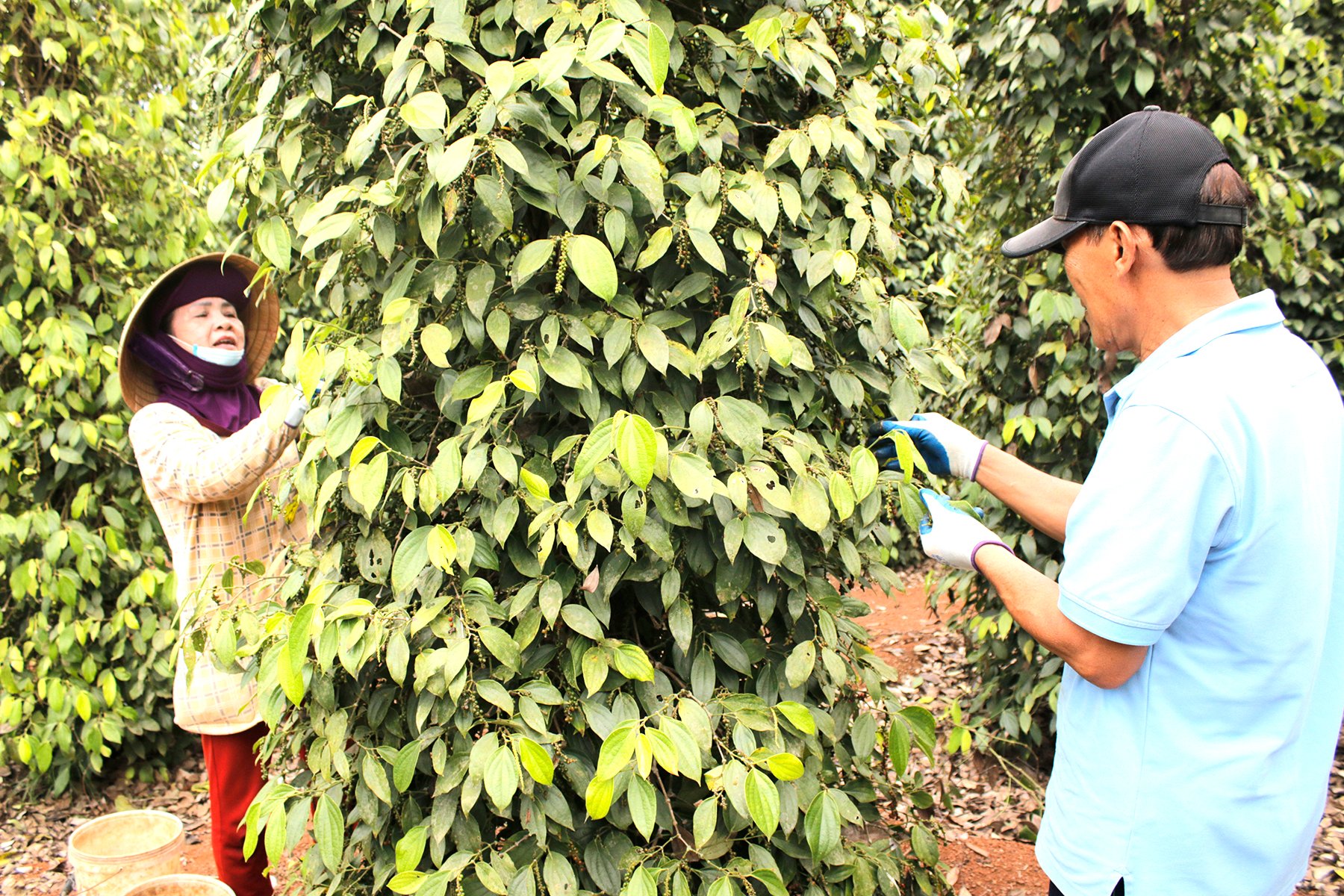
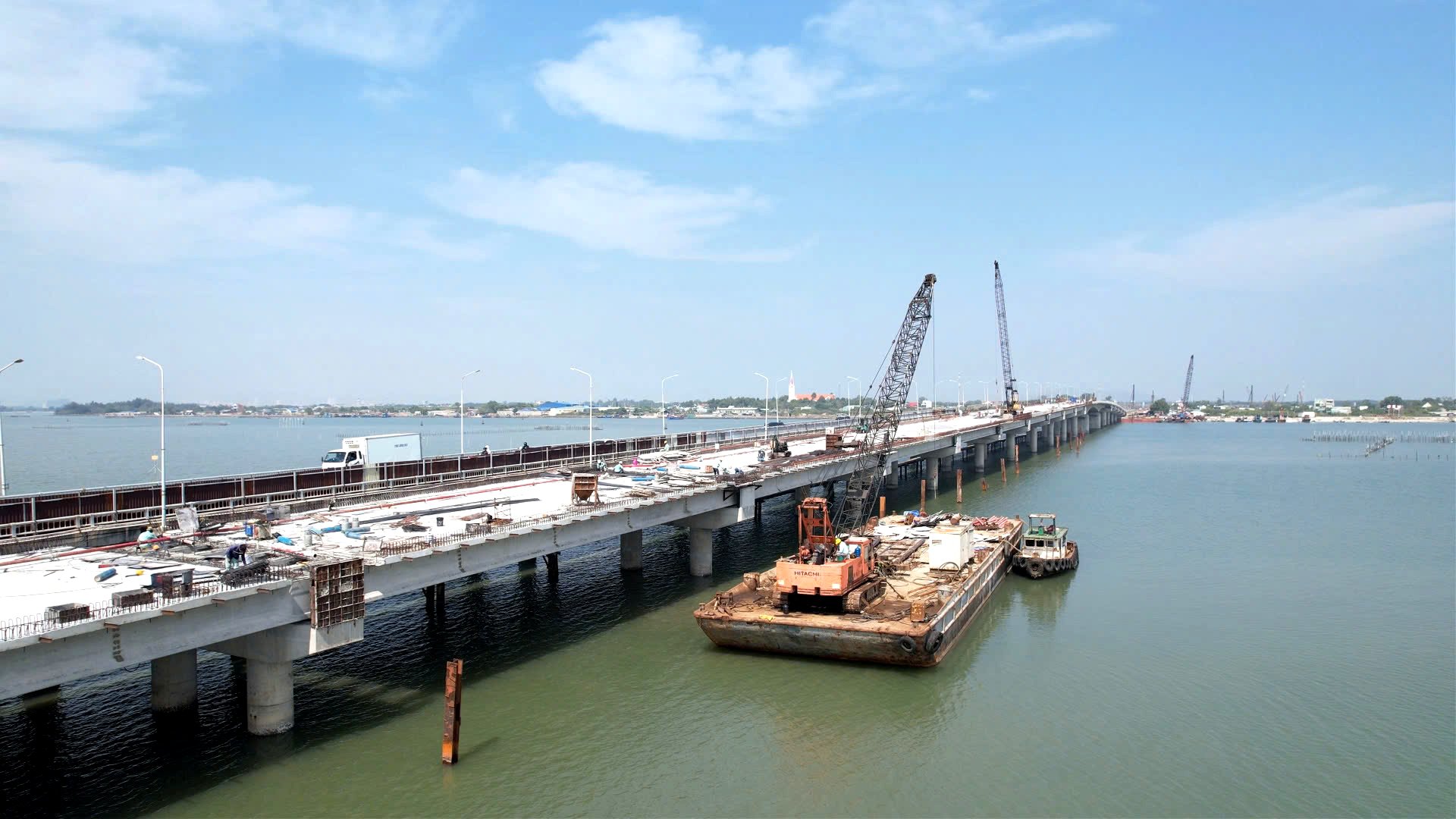
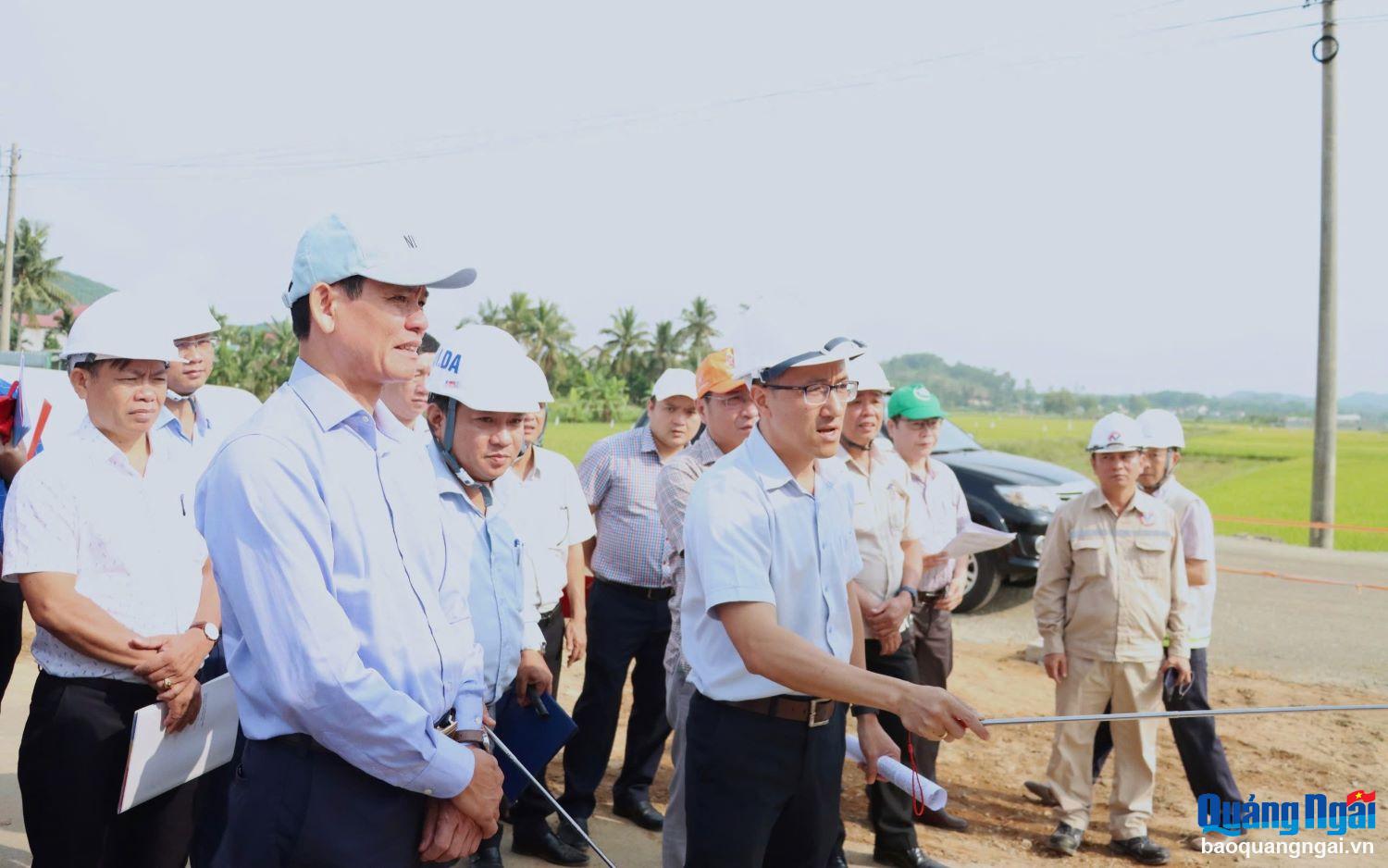





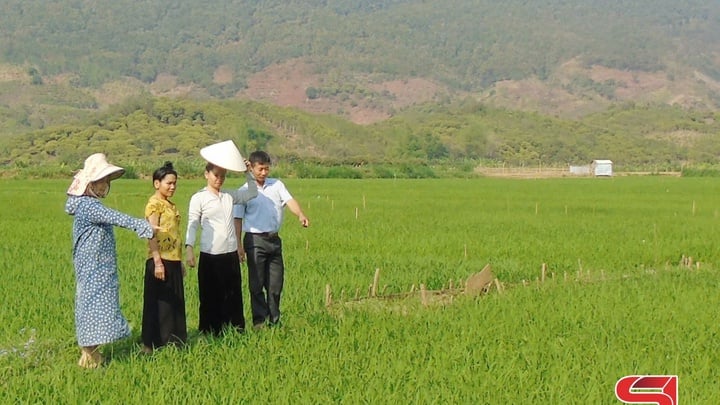
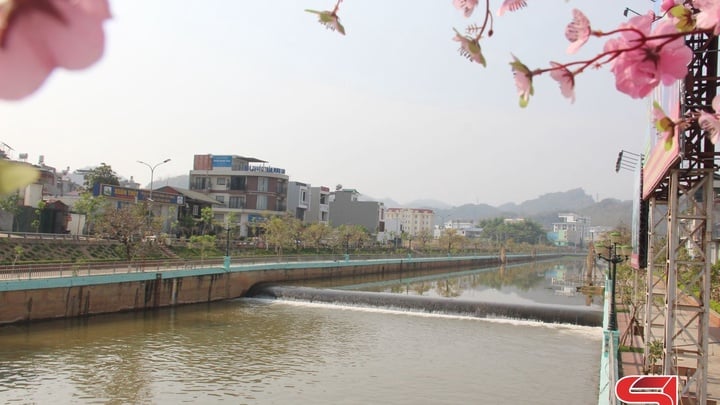


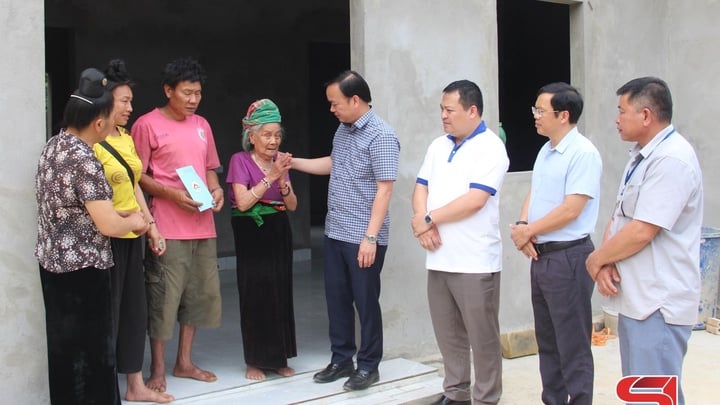
















































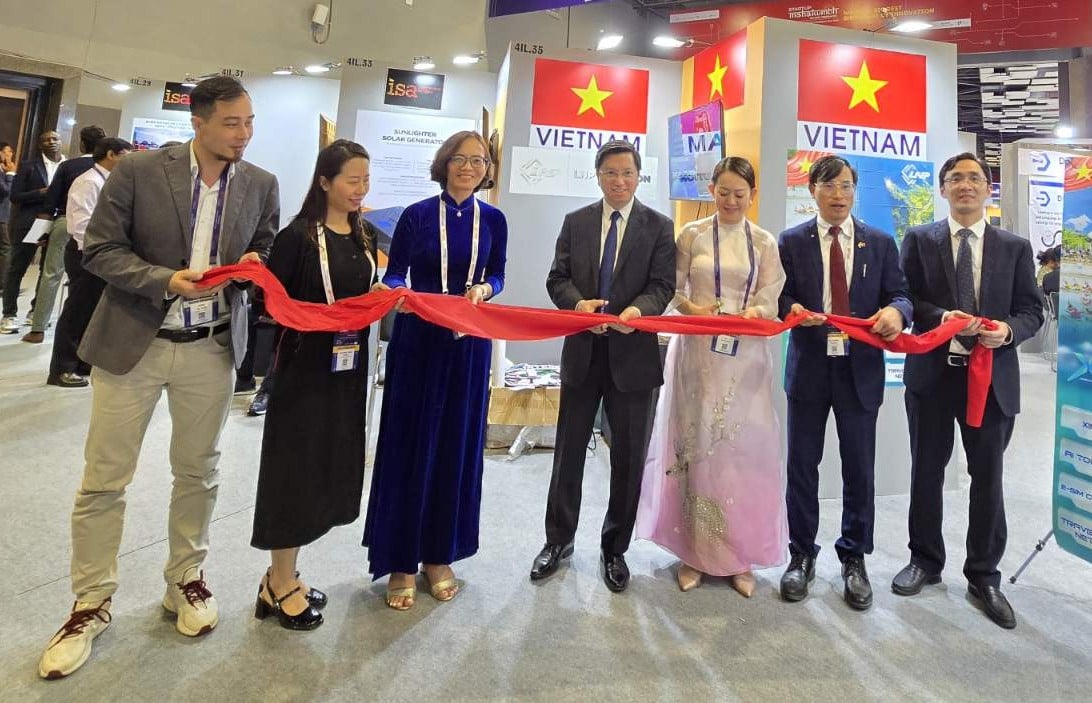
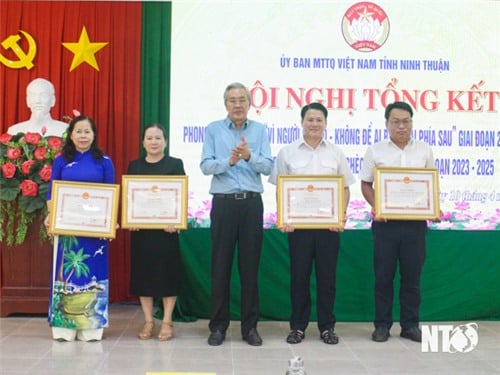


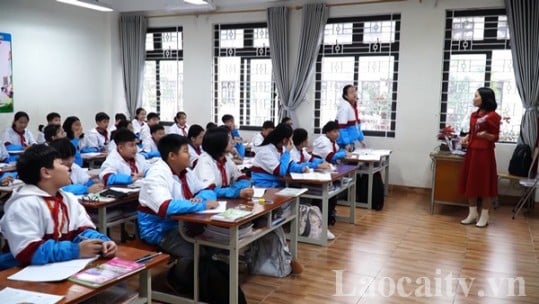








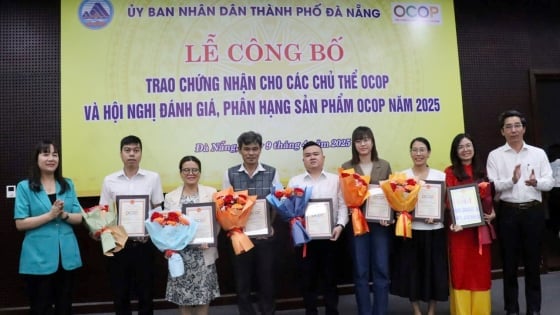
Comment (0)